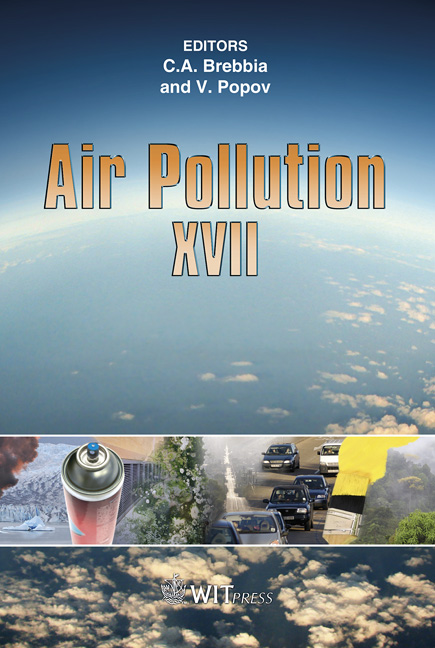Managing Air Pollution Impacts To Protect Local Air Quality
Price
Free (open access)
Transaction
Volume
123
Pages
10
Page Range
141 - 150
Published
2009
Size
357 kb
Paper DOI
10.2495/AIR090131
Copyright
WIT Press
Author(s)
C. Grant, R. Bloxam & S. Grant
Abstract
Local industrial/commercial sources of air pollution in Ontario, Canada have been regulated for almost four decades using air emission estimating, atmospheric dispersion models and point of impingement (POI) standards. Historically, the provincial Ontario Ministry of the Environment (MOE) set standards that considered technical, economic and scientific issues. Compliance assessment used air emission inventories and atmospheric dispersion models originally developed in the 1960s. The challenges of this type of approach included: • A cumbersome standard-setting process that produced few standards – often dictated by technical/economic considerations. • Inaccuracies in air emission inventories. • Dispersion models that tended to under-predict impacts. In August 2005, Ontario announced a significant overhaul of the local air pollution regulation that included: • Air standards that are now set to protect against health and environmental impacts. • Phase-out of current dispersion models and replacement with the more accurate dispersion models from the United States Environmental Protection Agency (US EPA). • Rigorous air emission estimating rules including the use of a combination of dispersion modelling and ambient monitoring as a more accurate emission estimating technique for a wide variety of sources (including fugitives). • Technical/economic considerations that are now addressed through a publicly transparent alternative air standards process that promotes continuous improvement. Site specific alternative standards represent the lowest technically and/or economically feasible levels that a specific facility could achieve. Decisions often hinge on the technology benchmarking report, which is similar to the US EPA \“top-down” analysis. This paper outlines key challenges and policy decisions during the development of the regulation; experiences in introducing more stringent scientific-based standards, including standards for lead and vinyl chloride, which are among some of the most stringently regulated standards in the world; and lessons-learned in the use of the combined monitoring and modelling emission estimating tool in the new alternative standards process. Keywords: local air quality, air toxics, dispersion modelling, monitoring, technical and economic barriers, air standards, fugitive emissions.
Keywords
local air quality, air toxics, dispersion modelling, monitoring, technical and economic barriers, air standards, fugitive emissions





